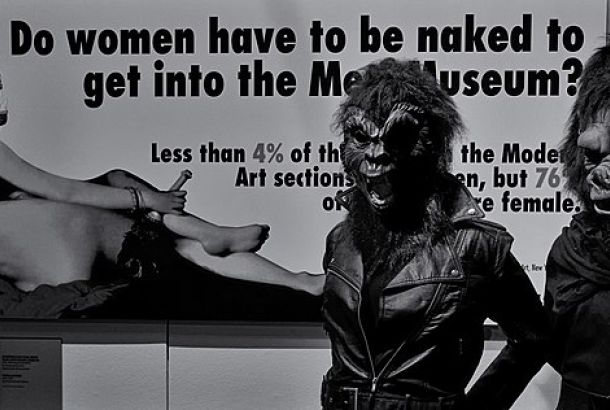Man in the Browser
A courtroom illustrator has no choice over their subject matter; their pastel sketches must record the various revealing looks of the accused as faithfully as possible. But when a newspaper has to typify an anonymous criminal responsible for a spurt of online hacking, they have definite artistic choices to make.
Glancing through the recent reports of TalkTalk and Vodafone hacking, the common features given to the unknown culprits seem to be disembodied heads, or sometimes typing hands, surrounded by a sinister jumble of computer code.
Metro’s article (October 30th) on the “dark side of the web” had a large three-quarter page image of a bionic woman staring out at the reader. She had blue microchip-veined skin, dark lips and flared eyes—a Marvel Comics villainess out to ransack the net. The Daily Mail’s report (October 31st) on how stolen information is traded using Bitcoin on the grubby ‘Dark Web’ included an image of a man’s head, face shadowed except for stray hairs, covered by a fluttering matrix of digits.
A Guardian article (October 31st) revealing the truth behind hacker stereotypes came with a more painterly version: Shoulders topped with a computer screen head, white keyboard and, of course, the expected background of overlapping code, the lingua franca of the hacking world.
They’re all trying to suggest the ghostly trespassing of the people responsible for over 2,000 yearly online attacks that cost £300 billion, and every part of the pictures means something. The glare of encrypted data represents the onslaught of DDoS attacks that lesser skilled hackers, known as “script kiddies,” use to bombard companies with traffic; the dark backgrounds are the lonely dens of hacking addicts; and the faceless baddies stand for the smarter, less visible hackers, hiding via the ‘Man in the Browser’ theft tactic.
Of course the images are visually influenced by the snide methods of hacking, but there may be another political crisis, an even craftier precedent, behind the aesthetic. Recently The Economist looked back at the great 2008 sub-prime mortgage disaster and published a series of five articles that traced the causes. In their first piece, the accompanying picture had skyscrapers obscured by a shower of numbers, arrows and dollar symbols.
The falling cash signs visually mirror the cascade of code used, as we’ve seen, so often in the cybercrime feature images. This is not the only example either. Take a look at some of the retrospective pieces about the crash, or just Google image it, and a lot of pictures use devices like sad faces reflected in Wall Street monitors. Graphs whose lines and bars are plummeting frame the heads of despondent brokers. The banking elite are surrounded by screens that forecast dire news.
These political scenarios are linked and their similarities shine through the throwaway images that caption the news stories. Hacking could be seen as a vengeful response to freewheeling capitalists, or it could be the refuge of those who want to play heinous games with money but don’t have the banking authority to do so. Either way, both cases rely on valuable information being distorted without anybody being aware of it. Not before a bank defaults and it is bought in a shotgun merger or account information is stolen and credit card details flogged do the manipulators get noticed.
It’s this shadowy criminality that the media portraits are trying to capture. To do this they revert to the doomsday aesthetic of the computer screen, or financial index monitor, which all of a sudden reveals the bad news that you’ve been had. Only if the Talk Talk scandal comes to trial will a courtroom artist sketch the true face of guilt. Until then, as with all our online dealings, we’ll have to put up with a malign presence peering through our browsers.







